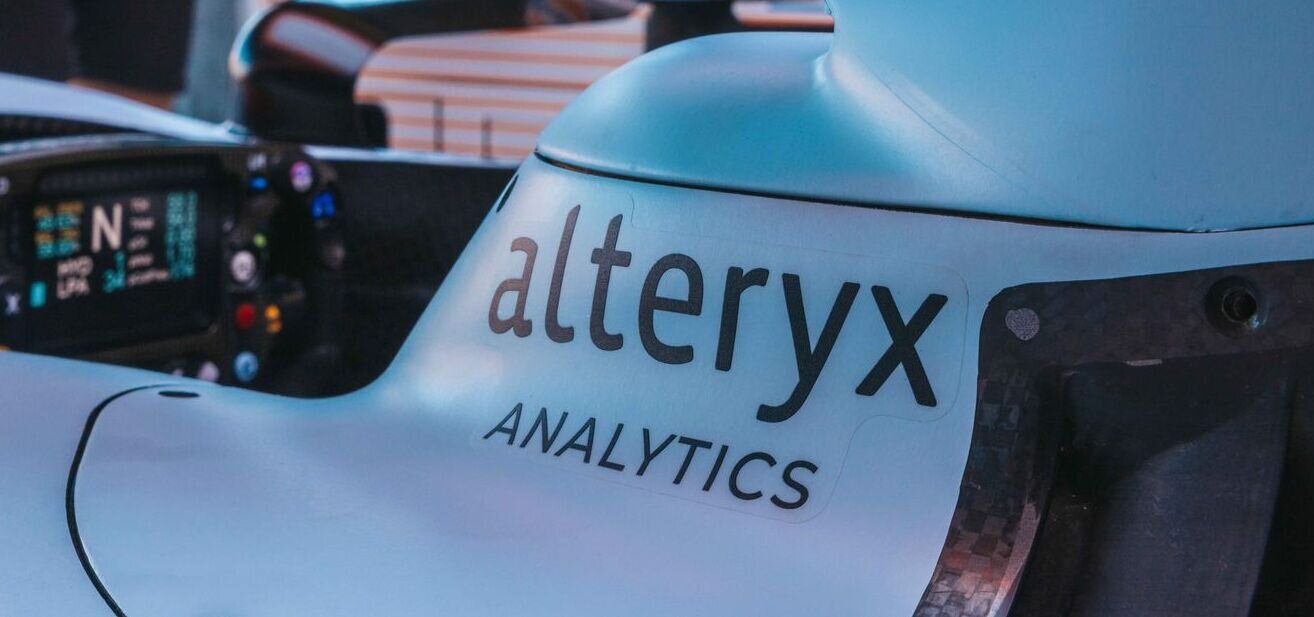When replacing brake pads and disc rotors on your vehicle, it is important to properly break them in to ensure optimal performance and longevity. Breaking in new brake pads and rotors involves gradually bedding them together to create a smooth and efficient braking system. Here are four simple steps to follow for properly breaking in your new brake pads and disc rotors:
1. Start Slowly: After installing the new brake pads and rotors, take it easy during the first 200-300 miles of driving. Avoid sudden stops or aggressive braking during this initial break-in period as this can lead to uneven brake pad wear and poor braking performance.
2. Gradually Increase Brake Pressure: As you continue to drive and break in your new brake pads and rotors, gradually increase the pressure you apply to the brake pedal. Start with light braking and progressively increase the pressure as you drive. This will help evenly distribute the friction material on the brake pads and ensure a smooth braking experience.
3. Allow for Cooling Periods: During the break-in process, it is important to allow for cooling periods between braking. After applying the brakes, try to coast for a short distance to allow the brake pads and rotors to cool down. This will help prevent overheating and ensure that the braking system functions properly.
4. Perform Test Stops: After completing the break-in period, it is recommended to perform a few test stops to ensure that the new brake pads and rotors are properly bedded together. Find a safe location to practice braking at different speeds and pressures to ensure that the braking system is functioning smoothly and efficiently.
By following these simple steps, you can properly break in your new brake pads and disc rotors and ensure optimal braking performance and longevity. Remember to always consult your vehicle’s owner’s manual for specific guidelines and recommendations for breaking in new brake pads and rotors. With proper care and maintenance, your new brake pads and rotors will provide you with safe and reliable braking for miles to come.



